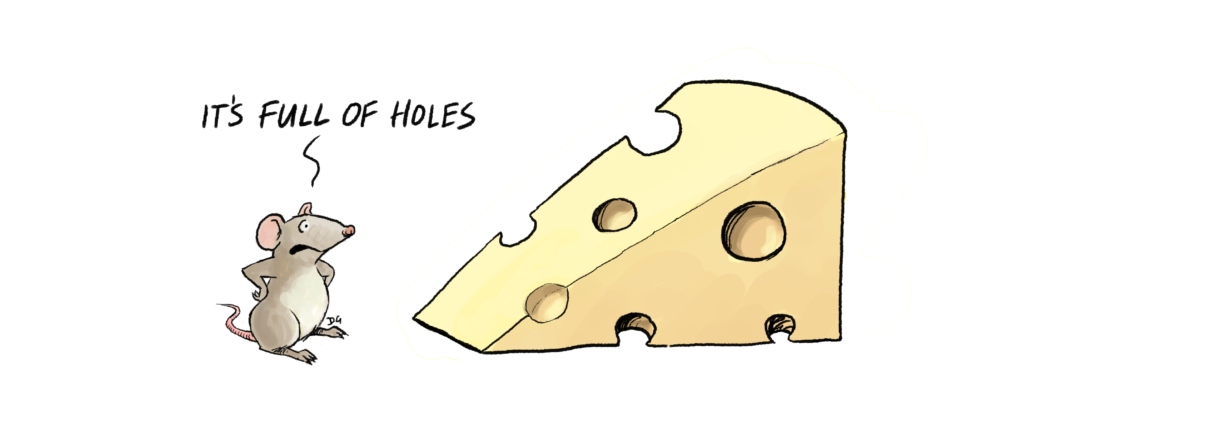Effective planning starts with listening
Have you ever experienced this: the team has gone away for a couple of days for a deep dive into their vision and plans for the future? They return full of enthusiasm and ready to brief their teams on the way forward.
Only to find they are met with a host of reasons why the plan won’t work, and resistance to change. They push back with answers to the objections but the game is lost because the leadership never involved those who have to make the change happen in the planning process.
If yours is like many organisations, the leadership team then regroups with new information and insights from their teams that should have been factored in to the planning stage in the first case. They decide that they have not been clear enough on the need to change and rear-guard action is mobilised as the new data is incorporated into a revised set of plans which the leadership team then aims to implement. Momentum is lost, and the team acknowledges that they hadn’t taken into account some key factors. What is sad is that confidence in leadership falls not because the plan was unworkable but because the leadership did not think to listen to their teams before shaping it.
If this is familiar don’t feel that you’re on your own; it is symptomatic of how planning takes place at multiple levels in many organisations in which not enough attention is paid to the perspectives and views of those who actually get the work done.
One of the benefits of the pandemic and the rapid adoption of agile thinking into the way we work is that we are learning the importance of listening to people in order to come up with feasible plans.
For example, a leading systems engineering business has used the experiences of people during the pandemic to create a new vision for ways of working post-pandemic. It makes sense to talk to the people about their perspectives of the good things that came out of remote working. Their insights on what made it more difficult and what made it easier has to shape the way forward. 100 people from all levels of the business contributed using an open process in which everyone’s voice carried equal weight. After crunching the data the emerging vision was illustrated in order to provide a narrative and emotional depth; helping others to see the vision in a tangible way and to think about what it meant for them.
We’ve got to get better at listening to people and incorporating multiple perspectives into future plans in order to survive in the rapidly changing workplace and highly competitive market places in which our organisations now need to compete.
Listening needs to be at the core of this. It helped get us through the pandemic and it is going to help get us through the next phase for a number of reasons:
- Listening to people increases their sense of belonging, confirms that their opinion is valued and builds subsequent commitment to future plans
- The plans won’t be “full of holes” because those who understand customers, operations and their own needs have helped to create it
- A listening process creates better ideas, insights and plans because it reflects a diverse range of views
- Listening is the right thing to do in this day and age as companies need to show a real commitment to inclusivity at work – not just for reputation but because it makes business sense.
We’ve never had more tools to help us with the way we listen to our employees but despite the range of digital apps the thing that differentiates the high performers – those who listen really well – is open and curious minds. We need processes and tools to bring together bottom-up views and leadership to co-create new thinking. These tools may include big conversations in which everyone gets involved in shaping the future of the company, open space, future search, engagement cafes or other meeting methods that bring together people. We can do it rapidly and we can do it remotely as a result of the lessons from the pandemic. It’s critical that all organisations adopt these kinds of approaches to bring people’s views together.
The role of leadership is to provide the long-term vision, to monitor the external environment and to ask questions that help people to speak up.
Acknowledgement: David Gifford for his excellent cartoon






Leave a Reply
Want to join the discussion?Feel free to contribute!